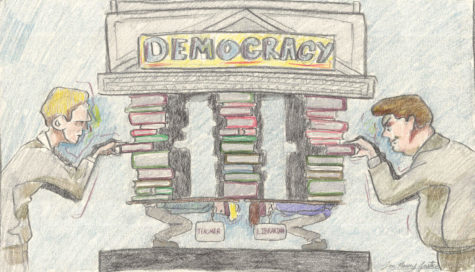2013 Government shutdown made easy
On Oct. 1, 2013, the United States government was shut down following the failure to agree on a budget for the coming year.
Until a budget agreement is made, non-essential government-funded services such as national parks or zoos will be closed. Essential government services, such as Social Security, will continue to be funded. Ultimately, over 800,000 working Americans have been relieved of the government jobs until further notice. Once a budget conclusion is reached, all government-funded services will be reopened according to budget.
The impact of this shutdown is both large and small. Important government services, such as postal service, will still be offered to Americans. Government loans and passports cannot be issued at this time, however.
The derailing issue discussed during the budget meeting was insistence from the House of Representatives that the new budget must push back the beginning of Obamacare. Republican house members hoped to use this extra time to finally defeat the Affordable Care Act.
The senate, however, proved just as stubborn, and refused to agree on budgets that include defunding the Affordable Care Act.
Government shut downs have occurred before, the most recent being in 1995-6, which lasted 21 days. Should the shutdown extend for several weeks, it could cost the economy about $55 billion, according to an estimate from Moody’s Analytics.










